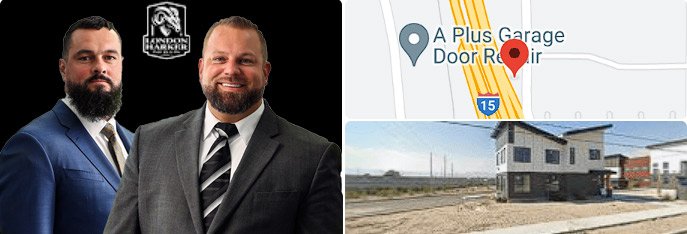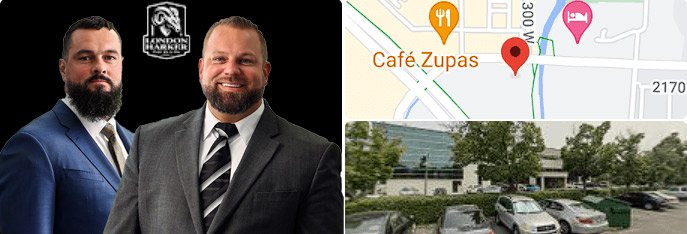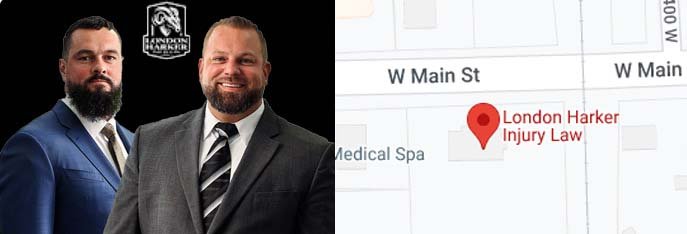Posted on Friday, July 25th, 2025 at 10:00 am
After a car accident in Utah, your medical records could be the single most important factor in determining the success—and value—of your personal injury claim. These documents do more than confirm your injuries; they connect those injuries directly to the crash, demonstrate the severity of your condition, and justify the compensation you’re seeking.
In this guide, we’ll break down exactly what medical records you need, how to avoid costly mistakes, and how Utah’s no-fault laws impact your claim.
Why Medical Records Matter So Much in Utah Car Accident Cases
Medical records serve as objective, third-party documentation—and that makes them more powerful than any verbal claim. Insurance adjusters, judges, and juries rely on them to:
Confirm that you were actually injured
Show how severe your injuries are
Connect your treatment directly to the accident
Justify the dollar amount of your claim
In short: If it’s not in your records, it didn’t happen—at least in the eyes of the insurance company.
The Key Medical Records You Need
To strengthen your injury claim, you should collect a variety of medical documents that paint a complete, consistent picture of your condition. These include:
1. Emergency Room & Hospital Records
These timestamp your injuries and demonstrate that you sought immediate care—crucial for proving both urgency and causation.
2. Diagnostic Imaging (X-rays, MRIs, CT scans)
Scans show clear, visual evidence of internal injuries like fractures, herniated discs, or brain trauma. These are hard for insurers to dispute.
3. Follow-Up Visit Notes
Ongoing documentation from your doctor, specialists, or physical therapist shows how your injuries have progressed—and how long recovery is taking.
4. Physical Therapy & Chiropractic Reports
Especially important for soft tissue injuries. These notes show your pain levels, range of motion, and how well you’re responding to treatment.
5. Medical Bills & Receipts
These help calculate economic damages and may also support claims for pain and suffering or long-term care.
6. Ambulance/Paramedic Reports
These help establish a timeline and show how you were assessed and treated immediately at the scene.
7. Surgical Reports (if applicable)
If you required surgery, the report helps justify the severity of your injuries and the extended recovery period.
Common Medical Documentation Mistakes That Hurt Your Claim
Too often, people unintentionally weaken their cases with incomplete or inconsistent medical records. Avoid these pitfalls:
Delaying Treatment: Waiting too long to see a doctor can raise red flags. In Utah, it’s best to seek care within 72 hours of the crash. Delays can lead to denied claims or reduced PIP benefits.
Missing Appointments: Skipping follow-ups suggests your injuries aren’t serious.
Changing Your Story: Inconsistent injury descriptions across providers can undermine your credibility.
Ignoring Medical Advice: If you don’t follow your prescribed treatment, insurers may argue you’re not seriously hurt.
How to Strengthen Your Medical Documentation
To build a solid foundation for your car accident claim, follow these best practices:
Start Treatment Immediately: Even if you feel fine, symptoms like whiplash or internal injuries can take time to appear.
Stay Consistent Across Providers: Make sure every provider documents the same symptoms and history.
Request Detailed Notes: Ask your doctor to include specific descriptions—pain levels, physical limitations, accident details—not just generic summaries.
Get Copies of Everything: Review for errors or missing info. If needed, request corrections early.
How Utah’s No-Fault System Impacts Your Medical Claim
Utah is a no-fault state, which means your own auto insurance must cover your initial medical expenses under Personal Injury Protection (PIP)—up to $3,000, regardless of who caused the crash. You can only file a claim against the at-fault driver if:
Your medical costs exceed $3,000, or
You suffer serious injuries like permanent disfigurement or disability
Statute of Limitations in Utah: You have 4 years from the date of the accident to file a personal injury lawsuit. Waiting too long can permanently bar your claim.
Why You Should Work With a Personal Injury Attorney
Handling medical records and insurance negotiations on your own can be overwhelming—especially while you’re trying to recover. An experienced Utah car accident attorney can:
Help you collect missing or hard-to-get records
Spot inconsistencies that insurers might use against you
Coordinate with your doctors to ensure documentation supports your claim
Maximize your compensation
Final Takeaway
If you’ve been injured in a car accident in Utah, your medical records are your strongest asset. But only if they’re complete, consistent, and clearly linked to the crash. Don’t let gaps in documentation hurt your case—or your recovery.



